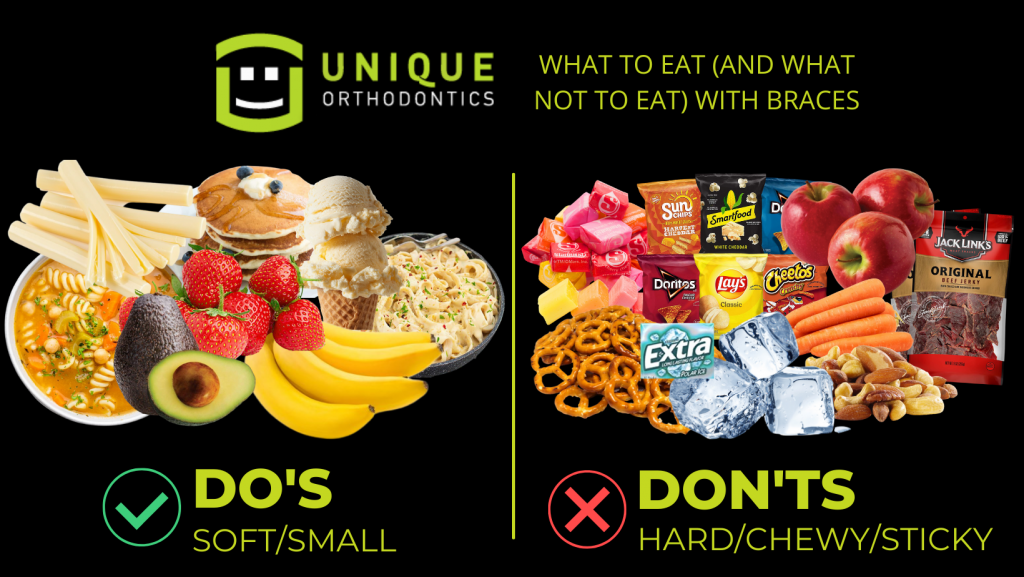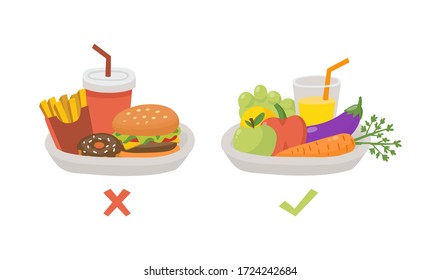
There are many options available for diabetics. However, it is important to choose healthy food based on individual needs and lifestyle. Controlling blood sugar levels requires a balanced diet. Legumes are rich sources of protein and fiber as well high-quality carbohydrates. Soluble fiber can help curb hunger and stabilize blood sugar levels. A recent study found that legumes were associated with lower type 2 diabetes risk and better blood sugar control.
As a low-carb food, avocados are a great choice for diabetics. Avocados are a healthy source of fiber and healthy fats. Walnuts have a high level of omega-3s making them a good choice for diabetics. But, you should limit your intake to one cup of walnuts. You can also choose to eat chickpeas, a legume high in fiber and protein. They are a good source for protein and a low-carb snack because they contain a lot of dietary fibre.
Although most people dislike the taste of spinach it is good for you. Mixing the skin with other vegetables can provide fiber if you're unable to eat them. They can be cooked and used as a part of a dish. Mixing quinoa into your favorite soup, smoothie or stew will give you an additional boost of protein.

Greek yogurt is also suitable for diabetics. Greek yogurt is safe for breakfast or snack as it only contains six to eight g of starchy vegetables. You should always read the label to ensure that there are no added sugars. In addition to the yogurt, you can eat fruit in moderation, including berries and cherries. Flax seeds are high in lignans, which reduce heart disease risk and improve insulin sensitivity.
Sweet potatoes are not only rich in lean protein but also have high levels of fiber and potassium. They can be cooked and eaten as a snack. Sweet potatoes, although high in carbs and sugar, are ideal side dishes for vegetables and lean proteins. They are also a good source magnesium, which can help prevent strokes and lower diabetes risk. They are one of the best foods for diabetics.
Numerous fruits and veggies are rich in antioxidants and a good source for fiber. These fruits can be used in smoothies and salads, and they have a low glycemicindex. Greek yogurt is also an option for salads and yogurts. They can also be added to your favorite yogurt. You can even use them in smoothies. Use them to enhance the flavour of your desserts while making fruit salads.
Diabetic diets need to be balanced. Diabetic diets should contain low levels of sugar but high amounts of saturated fats and trans fats. Instead of being high in fat, they should be high-in fiber, protein,, and fiber. A diabetic diet should not only be made up of whole grains but also fruits and vegetables. Healthy fats are an important part of a diabetic diet. These foods are rich in healthy fats.

A healthy diet for diabetics includes plenty of fruits and vegetables. The best types of fruits and vegetables are ripe, fresh, and organic. The best foods for diabetics should be low-calorie. You can incorporate vegetables and fruits into your daily life in many different ways. For instance, you could eat nuts every morning. These delicious and healthy foods are great for diabetics. Just remember to watch your sugar intake to prevent diabetes.
Greek yogurt is another food that diabetics can eat. It is rich in fiber and contains very few carbohydrates. It can be enjoyed as a snack or as a savory dish. You can include many whole grains in your diet. They are high in fiber and low-calorie foods. Whole-grain breads are a good choice for diabetics due to their low sugar content. These breads and pastas also provide fiber.
FAQ
What can be done to increase your immune system's effectiveness?
The human body is composed of trillions if not billions of cells. These cells collaborate to create organs, tissues and other functions. If one cell dies, a new cell takes its place. Hormones, which are chemical signals that allow cells to communicate with one another, enable them to do so. Hormones regulate every bodily process, from growth and development to metabolism as well as immunity.
Hormones are chemical substances that glands secrete throughout the body. They travel through our bloodstream and act as messengers, controlling how our bodies function. Some hormones come from the body and others from outside.
The hormone-producing glands release their contents into bloodstream. This is when hormone production starts. Once hormones are released they move through the bloodstream until they reach their intended organ. Some hormones are only active for a brief time. Other hormones stay active longer and continue to influence the body's functioning even after they leave the bloodstream.
Some hormones are made in large quantities. Others are produced in small amounts.
Some hormones only are produced during certain periods of life. Estrogen is one example. It's produced in puberty, pregnancy and menopause. Women can get estrogen to build breasts, prevent osteoporosis, and keep their bones healthy. Estrogen promotes hair growth, and skin stays soft and smooth.
How can I determine what is best for my health?
Listen to your body. Your body will tell you how much exercise, nutrition, and sleep you need. Your body will tell you what to do so that you don't go overboard. Take care of your body and make sure that you're staying healthy.
What is the difference in a virus and bacteria?
A virus is an organism microscopic that can't reproduce outside its host cells. A bacterium (or single-celled organism) reproduces by splitting itself into two. Viruses have a very small size (about 20 nanometers), while bacteria is larger (up to one micron).
Viruses are spread via contact with infected bodily liquids such as urine, saliva, semen and vaginal secretions. Bacteria are often spread via direct contact with contaminated surfaces or objects.
Viruses can enter our bodies through cuts, scrapes, bites, or other breaks in the skin. They may also enter through the nose, mouth, eyes, ears, vagina, rectum , or anus.
Bacteria may enter our bodies through cuts and scrapes on our skin, burns, insect bites, and other wounds. They may also be introduced into our bodies through food and water as well as soil, dirt, dust, and animals.
Both bacteria and viruses can cause illness. But viruses do not have the ability to multiply within their hosts. So they only cause illnesses when they infect living cells.
Bacteria can spread within the host and cause illness. They can infiltrate other parts of the body. They can even invade other parts of the body, which is why antibiotics are necessary to eradicate them.
What are 7 tips for a healthy and happy life?
-
Eat right
-
Exercise regularly
-
Rest well
-
Get plenty of water.
-
Get adequate rest
-
Be happy
-
Smile often
What should my weight be for my age and height? BMI calculator and chart
The best way to determine how much weight you need to lose is to use a body mass index (BMI) calculator. A healthy BMI range is between 18.5 and 24.9. Aim to lose 10 pounds per month if your goal is to lose weight. Enter your height and weight to calculate your BMI.
To see if you're overweight or obese, check out this BMI chart.
What is the problem with BMI?
BMI stands to Body Mass Index. It is a measurement of body weight based on height. The following formula is used to calculate BMI:
Weight in kilograms divided by height in meters squared.
The score is expressed as a number between 0 and 25. A score of 18.5+ indicates that you are overweight. A score higher than 23 indicates that you are obese.
A person of 100 kg with a height of 1.75m will have 22 BMI.
Statistics
- The Dietary Guidelines for Americans recommend keeping added sugar intake below 10% of your daily calorie intake, while the World Health Organization recommends slashing added sugars to 5% or less of your daily calories for optimal health (59Trusted (healthline.com)
- Extra virgin olive oil may benefit heart health, as people who consume it have a lower risk for dying from heart attacks and strokes according to some evidence (57Trusted Source (healthline.com)
- WHO recommends consuming less than 5% of total energy intake for additional health benefits. (who.int)
- According to the Physical Activity Guidelines for Americans, we should strive for at least 150 minutes of moderate intensity activity each week (54Trusted Source Smoking, harmful use of drugs, and alcohol abuse can all seriously negatively affect your health. (healthline.com)
External Links
How To
How to Live a Healthy Lifestyle
A healthy lifestyle is one in which you are able maintain your weight and health. Healthy living means eating right, exercising regularly, getting enough rest, and staying away from harmful substances like alcohol, tobacco, cocaine, and drugs. A healthy lifestyle will help you feel great and stay in shape. In addition, a healthy lifestyle reduces your risk of chronic diseases like heart disease, stroke, diabetes, cancer, osteoporosis, arthritis and many others.
The goal of this project is to give a step by step guide on how to live healthier lives. The first part of the project consisted of writing the introduction, which explains what a healthy lifestyle is, why people should adopt a healthy lifestyle and who we are. Then, I wrote the body paragraphs, which consist of different tips on how to keep a healthy lifestyle. Finally, I wrote my conclusion. It summarizes the entire article and gives additional resources if required.
This assignment helped me to understand how to write concise paragraphs. Also, I learned how to organize my ideas into topic sentences and supporting details. Furthermore, I was able to improve my research skills by being able to identify specific sources and correctly cite them. Finally, I learned how to properly use grammar when writing.